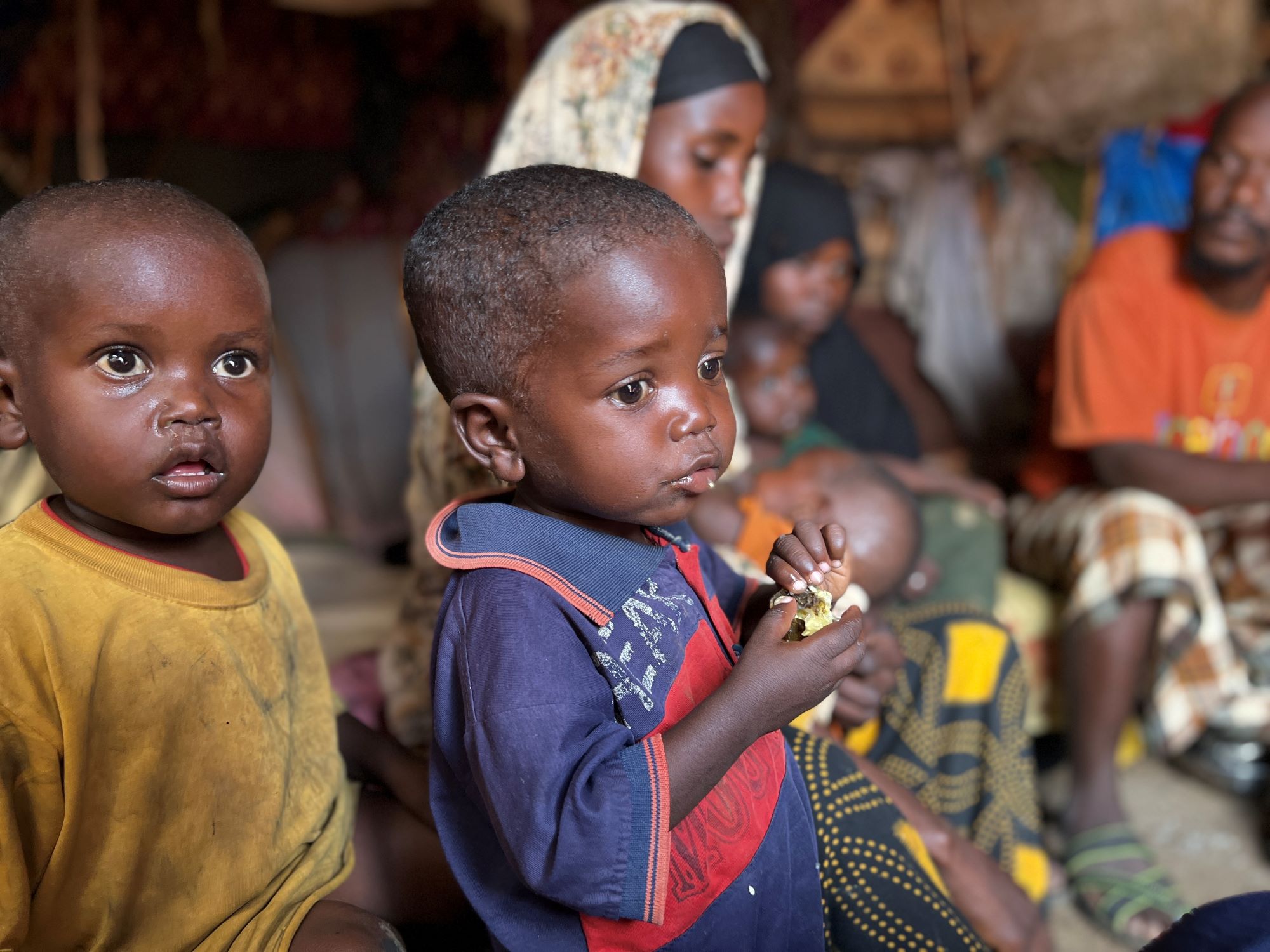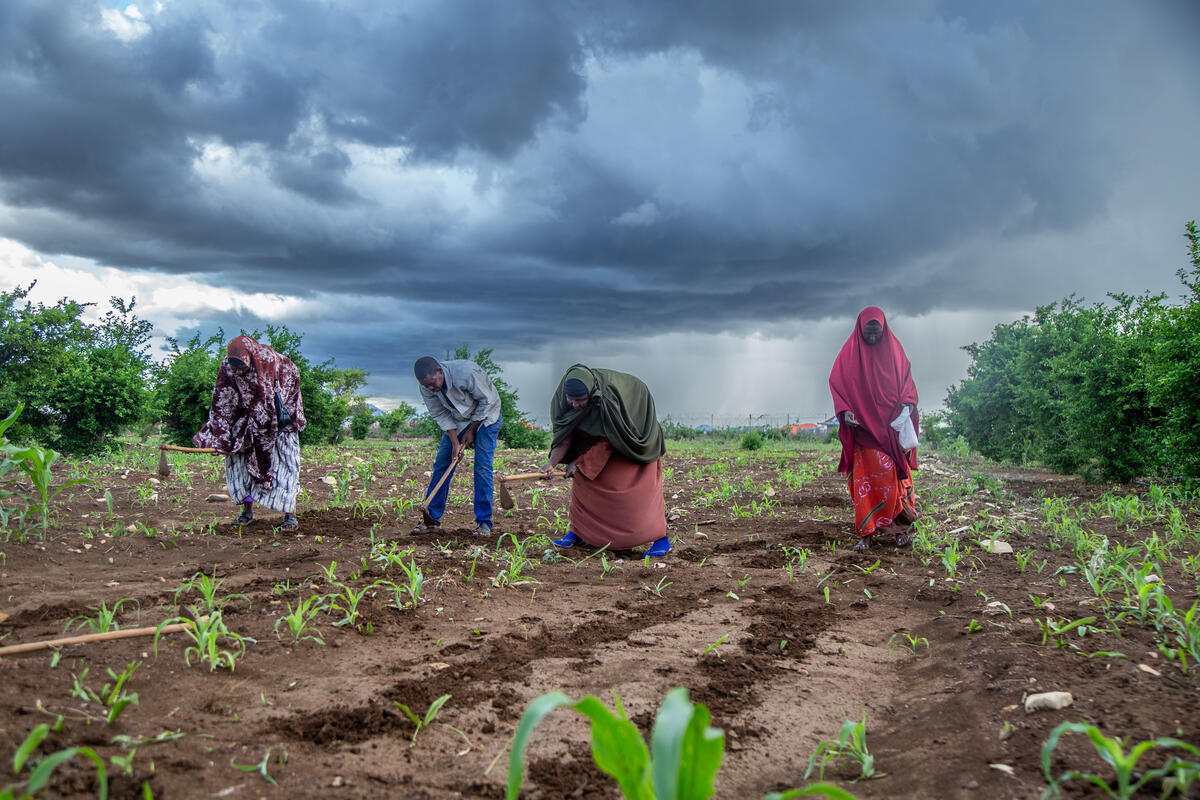
Facts about world hunger
Everything you need to know about hunger across the globe and how you can help.
World hunger is defined as periods when a large percentage of the world’s population are experiencing severe food insecurity – meaning they lack access to nutritious foods and go for days without eating. It is an issue that affects millions of families and children across the globe, particularly in low-income countries.
Efforts are being made to end global hunger, but urgent action is needed to reach more people with life-saving food. In this article, we will explore 10 facts about world hunger and how you can protect children and their families from extreme hunger.
1. 281.6 million people are experiencing acute food insecurity.
Acute food insecurity refers to when a person's inability to consume enough nutritious food threatens their life.
The number of people living in acute food insecurity has increased by 9% since 2022 and currently stands at a record 281.6 million. This usually refers to a short-term experience where access to food is limited due to natural and man-made disasters, often forcing families to flee their homes.
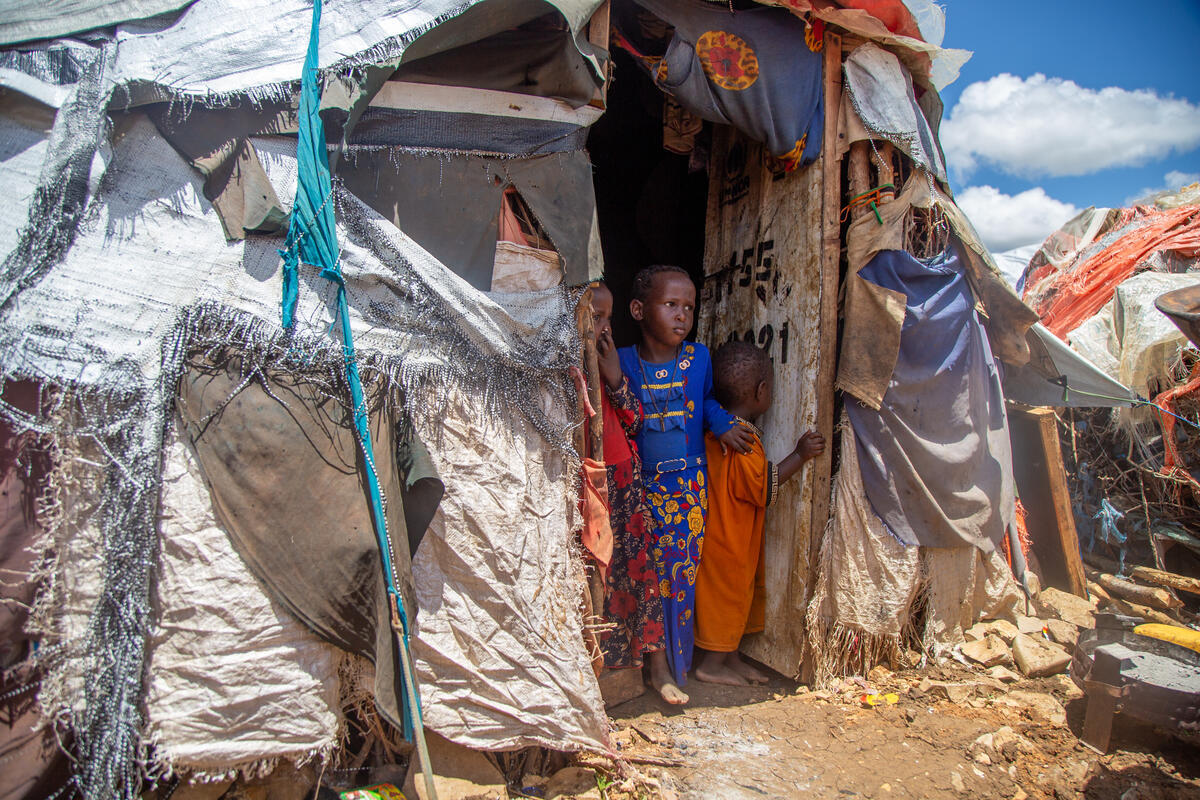
2. 35 million people are on the brink of famine.
By the end of last year, nearly 35 million people across 39 countries were at risk of starvation. Famine is defined as the most severe form of hunger crisis, with several children and adults in a certain area dying from food shortages every day. This widespread food crisis is usually caused by a combination of factors, such as conflict, extreme poverty, displacement and climate change.
The beginning or end of a famine is declared by individual governments, which means measuring accurate numbers can be challenging when famines occur in areas without a strong infrastructure.
READ MORE: What is famine and who is affected by it?
3. 8 billion tonnes of food is produced per year.
The world produces 8 billion tonnes of food every year, enough food to nourish every girl, boy, woman and man on the planet. But each year, the world wastes an excessive amount of food, losing around 1.2 billion tonnes of food before it even leaves the farm. And if food loss and waste were a country, it would be the third-largest source of greenhouse emissions behind China and the United States.
Join us to break the hunger cycle. We're campaigning for every child and their community to have the nourishing food they need to thrive.
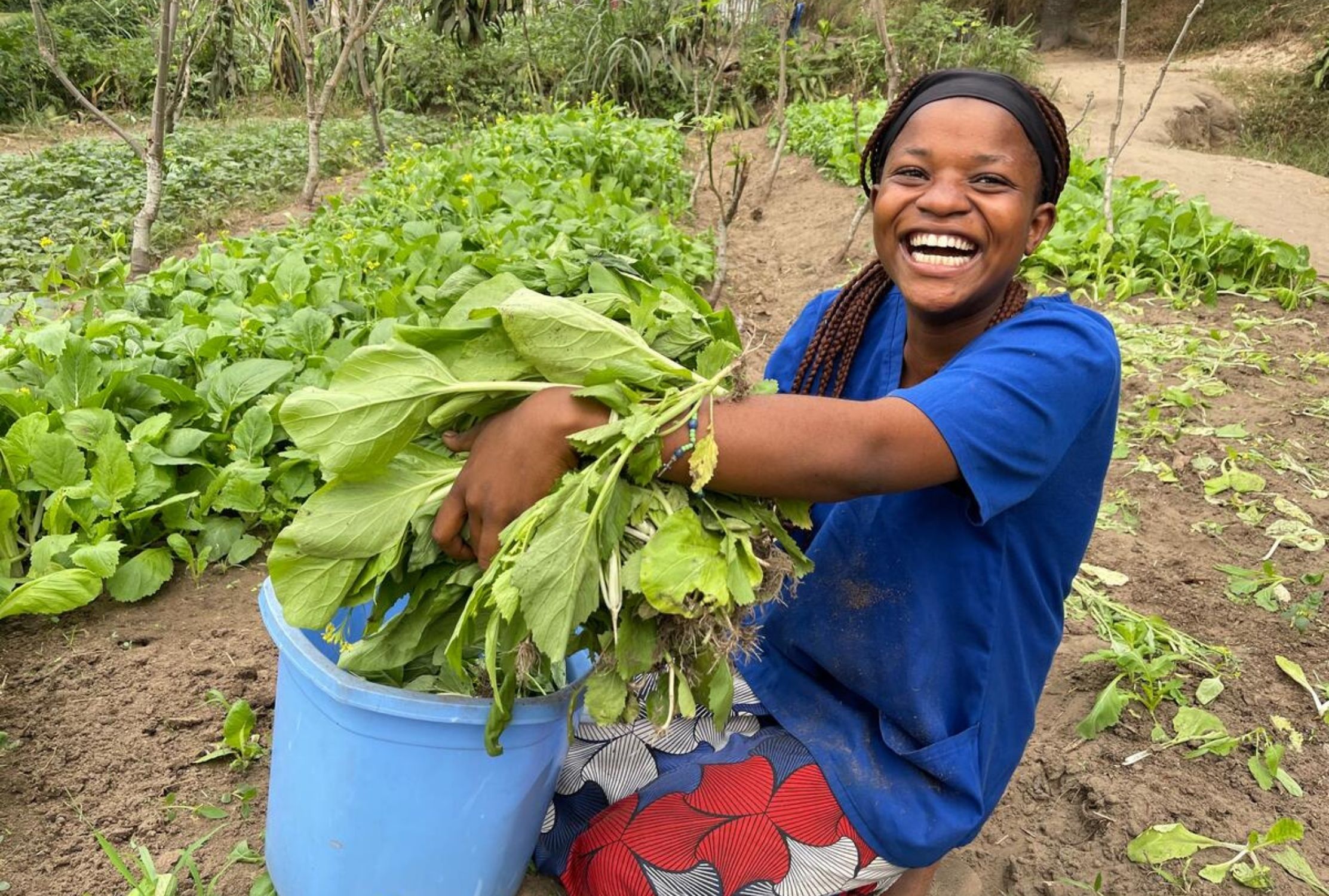
4. 258 million people experience extreme hunger.
The number of people experiencing extreme hunger doubled in the last three years to 258 million people in 58 countries.
What’s the difference between hunger and extreme hunger?
Hunger is not consuming enough nutritious food, but extreme hunger is a severe form of food-insecurity where a person's life is threatened by the absence of sufficient food and nutrients. Extreme hunger is a devastating condition that can lead to malnutrition and, if left untreated, can result in death.
READ MORE: How to solve world hunger
5. Food poverty can affect anyone.
World hunger impacts millions of people every day. It is particularly prominent in low and middle-income countries, but it can happen to anyone, anywhere.
Are people experiencing hunger in the UK? One in seven people in the UK have experienced food insecurity over a 12-month period. That’s an estimated 11.3 million people who have been unable to access food due to lack of money.
6. Zero Hunger by 2030.
The United Nations Sustainable Development Goal 2 is to create a world free from hunger by 2030. Humanitarian organisations around the world, including World Vision, are working towards ending world hunger. With the impacts of Covid, climate change and ongoing conflict, the global population experiencing extreme hunger is continuing to rise.
Achieving Zero Hunger is still possible if we work together to help people achieve food security, improve nutrition, and promote sustainable agriculture globally.
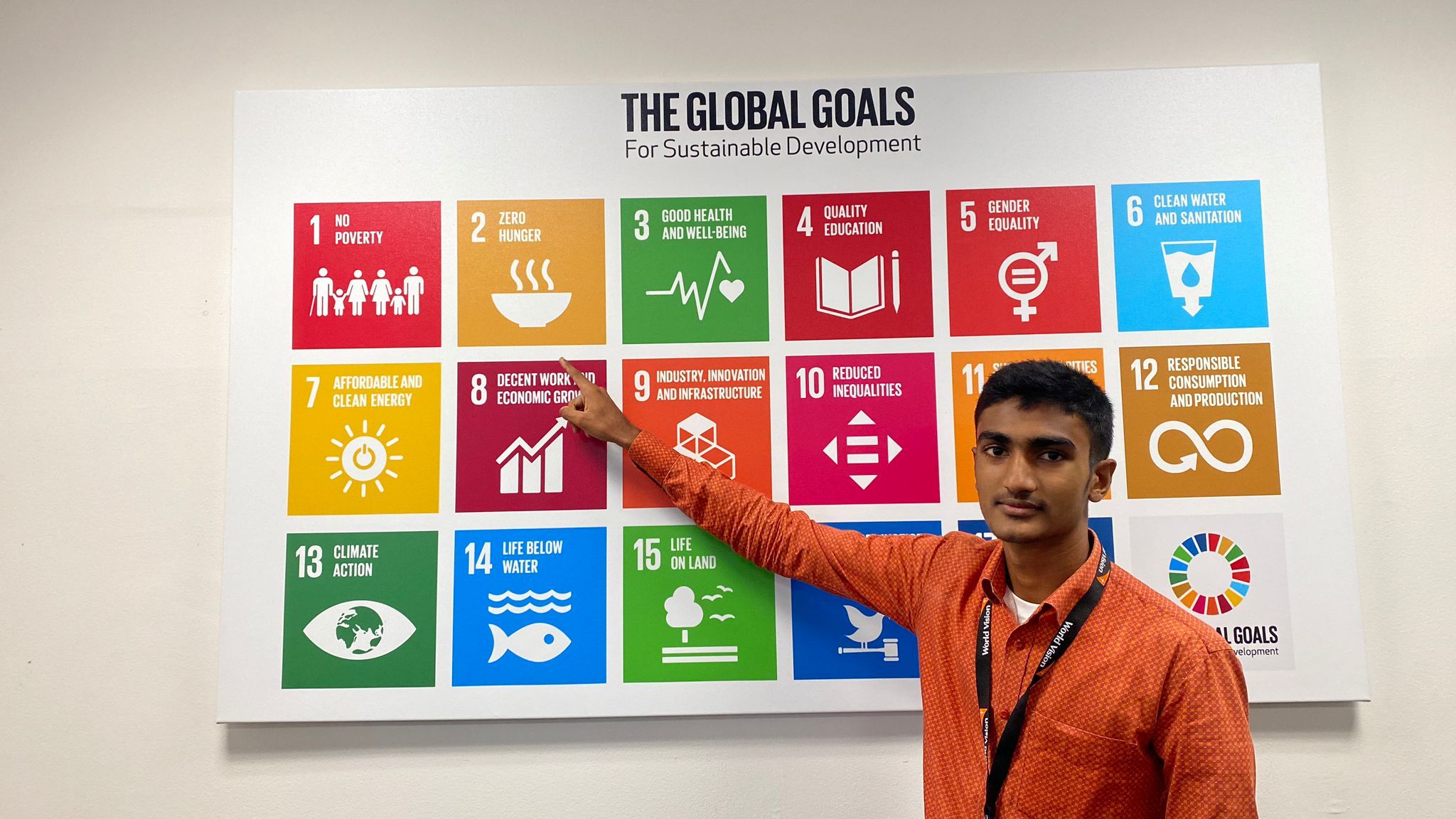
7. 45 million children are affected by wasting.
The definition of wasting is when a child has a low weight for their height. It is a form of malnutrition that indicates they have not received enough nutritious foods and poses a higher risk of death if left untreated.
8. Undernutrition causes almost half of all deaths of children under-five
Undernutrition is when a person doesn't receive enough nutrients and energy to stay healthy. According to the World Health Organisation, these deaths mostly occur in low- and middle-income countries.
The impact of undernutrition is devastating for children, making them much more vulnerable to disease and death.
9. 18% receive school meals in low-income countries.
In a world hunger crisis, it is heartbreaking that only 18% of school children in low-income countries receive school meals.
School meals are vital for vulnerable children, who otherwise are too hungry to focus on their studies. By receiving free lunches at school, children around the world are more likely to stay in education and grow-up healthy, offering them the best chance to break the cycle of poverty.
10. Every 60 seconds a hungry child is fed as part of World Vision’s programmes.
As a children’s charity, World Vision is working with communities in the most-at-risk countries to provide life-saving food. Thanks to donations, we have reached over 25 million people as part of our Global Hunger Response.
We believe there is enough in this world for every child. We have enough resources, we have enough food, and we have enough people ready and willing to make a difference in the lives of those who need it most.
We have reached a point where we're saying ENOUGH to child hunger, and you can help us beat hunger by improving access to healthcare, better livelihoods, clean water, education.



